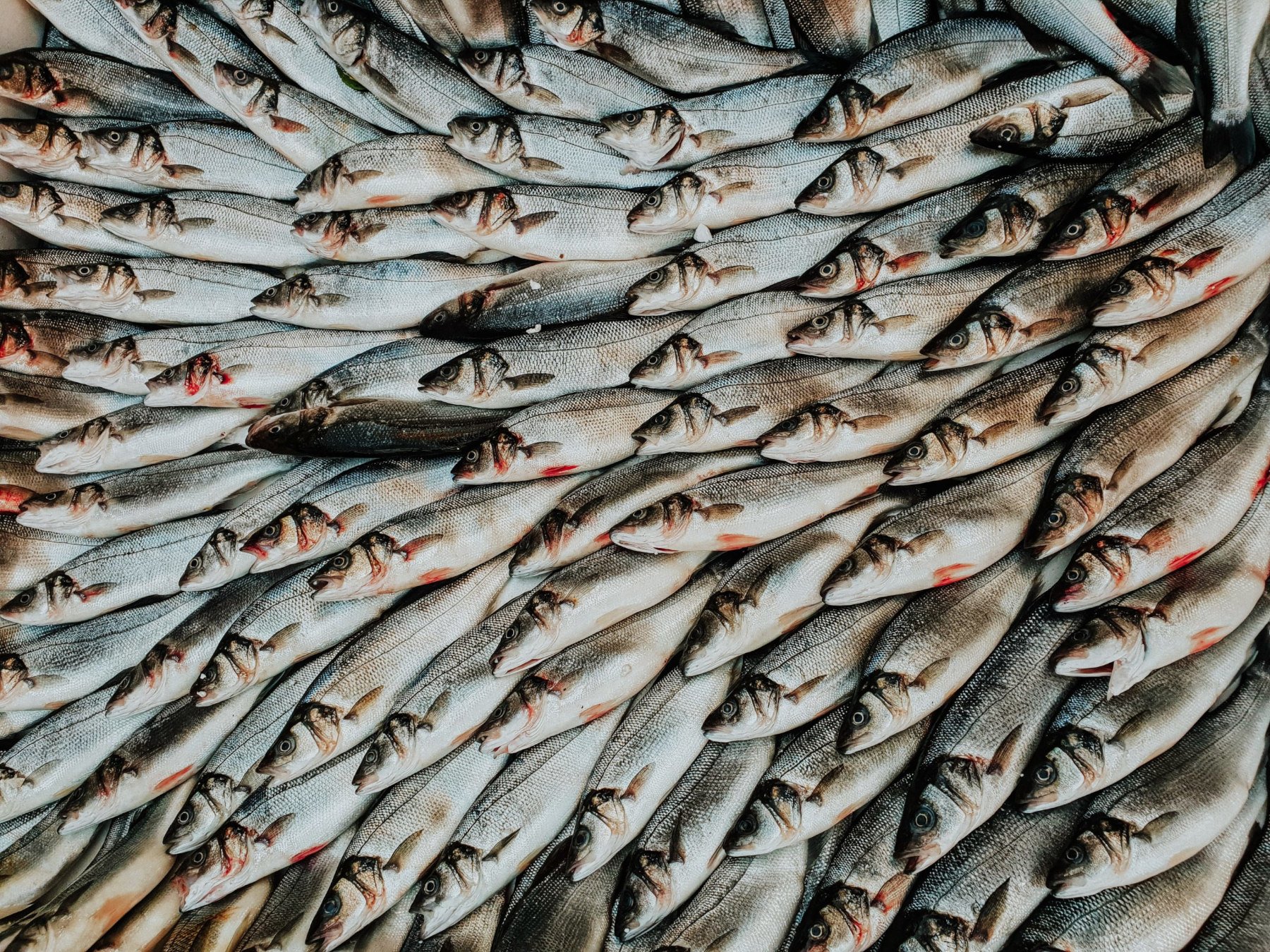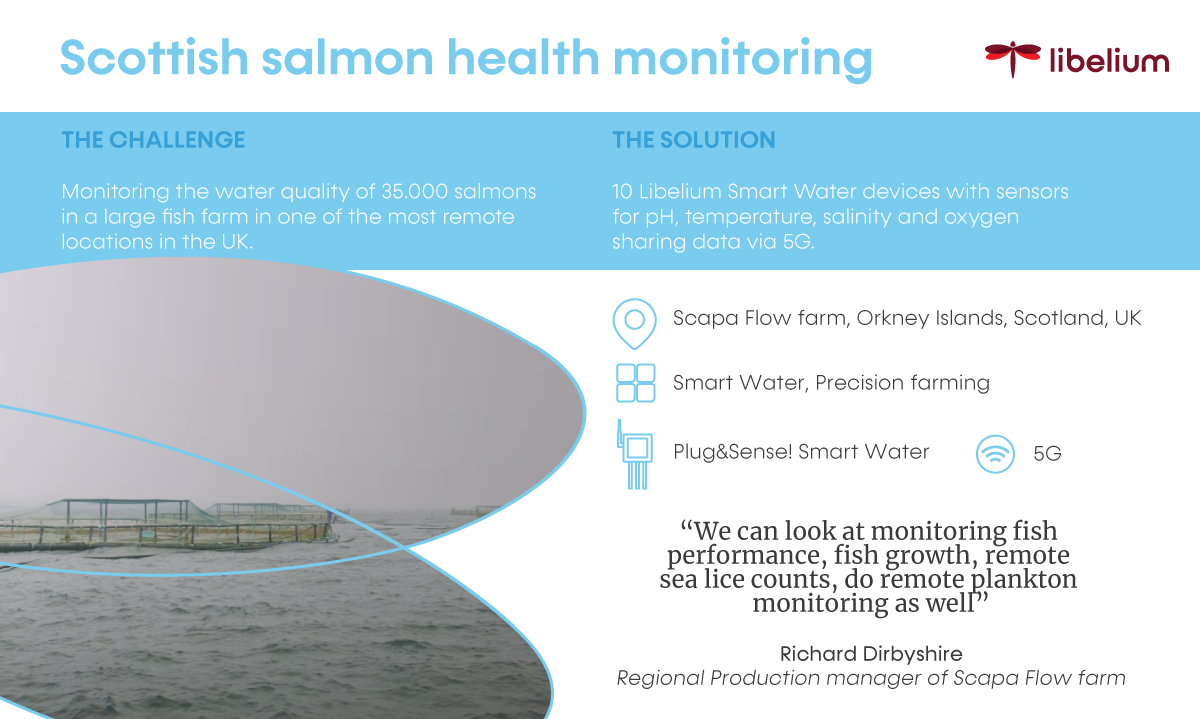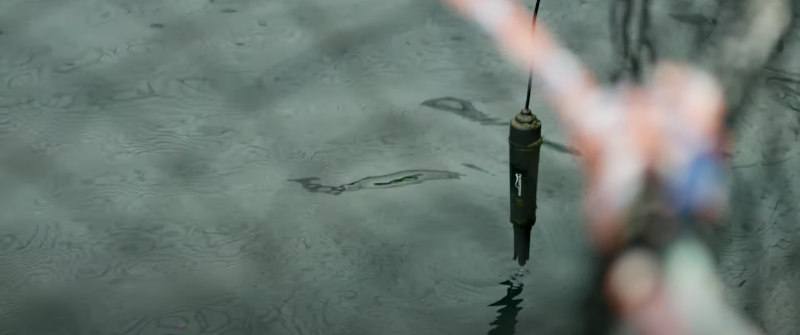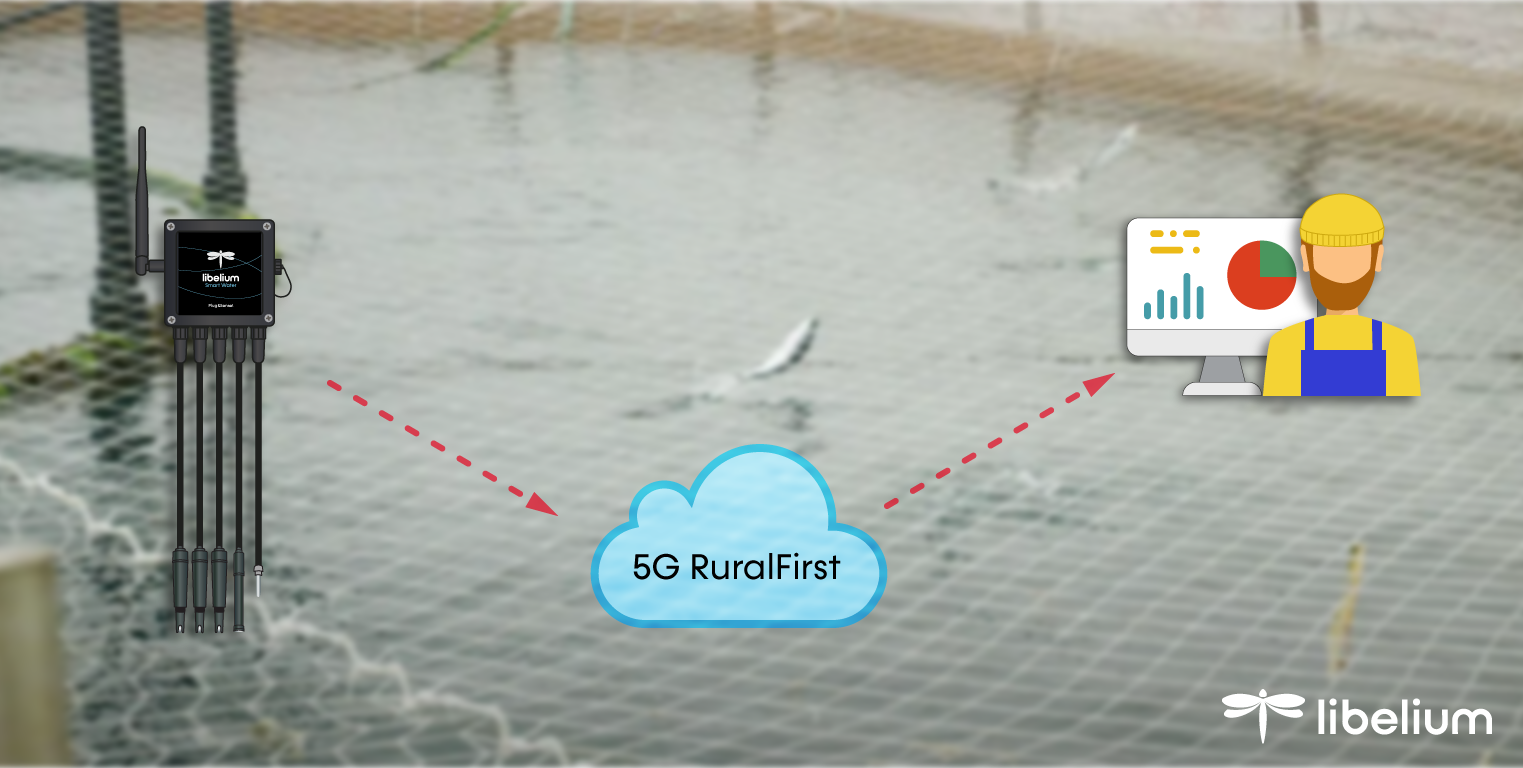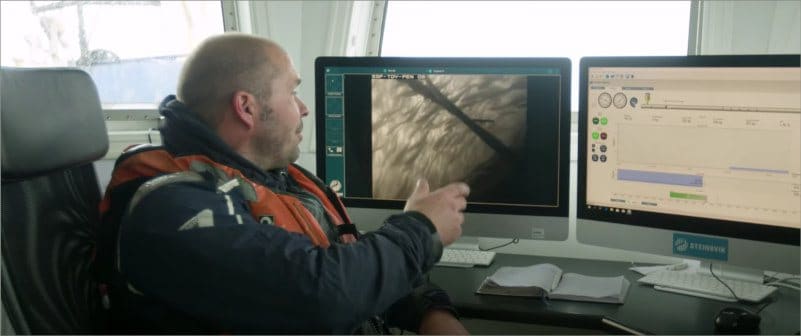Salmon exports are a vital contributor to the UK’s economy. Indeed, the salmon sea farming industry was worth more than 900 million dollars in exports in 2017. In 2018, Scottish Sea Farms produced 27,500 tons of salmon from its 40 farms.
Farmed salmon is not just Scotland’s biggest food export. It is the UK’s largest food export by value and is a major contributor to the national economy. Consequently, it is important for producers to have the right technology in place to help the growing demand to stay competitive and sustainable.
» What has been the challenge of this Smart Water Project?
Monitoring the water quality of 35.000 salmons in a large fish farm in one of the most remote locations in the UK.
» Which IoT solution has been implemented for this project:
10 Libelium Smart Water devices with sensors for pH, temperature, salinity, and oxygen sharing data via 5G.
Intelligent salmon farming with IoT and 5G
With this aim, 5G RuralFirst has developed several IoT testbed projects with Libelium’s water technology as a part of its project to provide connectivity in UK agriculture and rural communities.
5G RuralFirst is a co-innovation project led by a consortium of technology companies alongside the University of Strathclyde. The goal of the project, developed between 2019 and 2020, was to create rural testbeds and trials for 5G wireless and mobile connectivity across the Orkney Islands.
The idea was to empower organizations and communities to evolve more efficient business models for critical industries that operate in rural environments.
The project deployed Libelium’s IoT technology for Scottish Sea Farms, who operate a salmon farm in Scapa Flow, in the Orkney Islands, one of the UK’s most remote locations.
Remote monitoring for remote sea farms
Keeping the salmon healthy is paramount. IoT sensors and video technology are enabling the salmon sea farms to improve efficiency with more automation.
Sensors deployed at farms around the archipelago allow staff to measure pH, oxygen, salinity and temperature levels and keep a close eye on the well-being of their stock 24 hours.
As salmon are cold-blooded, the water temperature is related to their metabolism, there is also a live video feed so they can be monitored and fed remotely.
“We can look at monitoring fish performance, fish growth, remote sea lice counts, do remote plankton monitoring as well”, says Richard Dirbyshire, Regional Production Manager of the farm.
Furthermore, the salmon farms are off-shore in a place where connectivity is a challenge to face. Moreover, the farm infrastructure is also subject to the Orkney weather and the movement of the waves. The mobile communication technology has been deployed to overcome these challenges.
The farm was able to connect the IoT platform through 5G connectivity provided by CloudNet to measure the parameters of the ten cages of salmon the farm has. Every cage harbors about 35,000 salmon inside each cage.
On the panel control on the feeding station the staff can see the salmons controlled by 10 cameras watching the feeding system.
Since the panel collects all the data, when the weather is adverse, any parameter can be followed remotely. Everything is accessible online and can be controlled from anywhere.
Fish farming has been growing over the past 15 years and is the main source of economic resources in the zone. Therefore, it is crucial for producers to improve its competitiveness while working in a more sustainable way.
